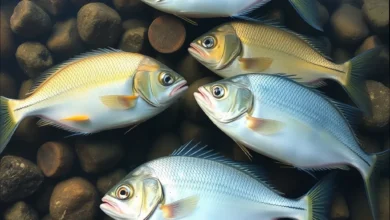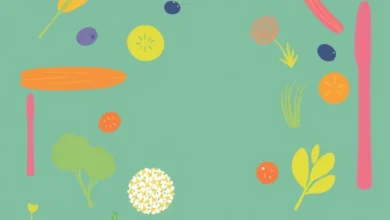Upcycled Foods and the Fight Against Food Waste
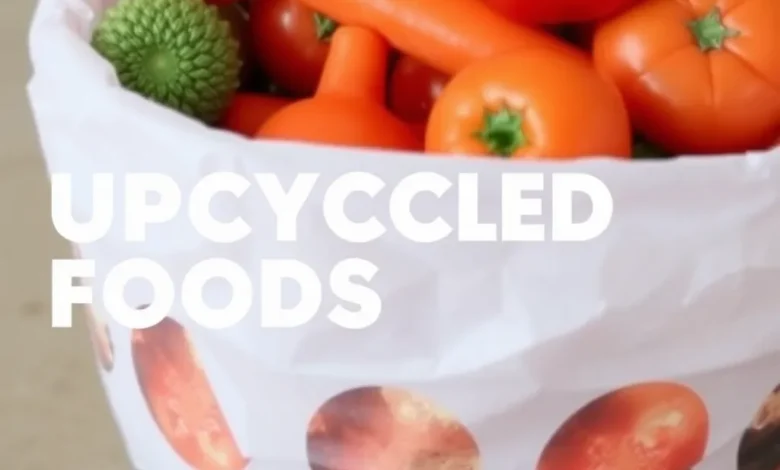
Every year, billions of pounds of perfectly edible food are thrown away, even as millions of people around the world go hungry. This paradox has sparked a movement that’s gaining momentum in kitchens, markets, and food companies everywhere: upcycled foods. By transforming what was once considered waste into delicious, nutritious products, upcycling is changing the way we think about food and our responsibility to the planet.
What Does Upcycling Mean in Food?
Upcycling in the food world means taking ingredients or by-products that would otherwise be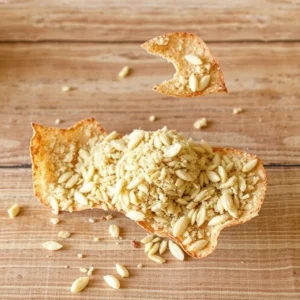 discarded and turning them into new, valuable food items. This could be anything from using the pulp left over from juicing fruits and vegetables to create fiber-rich crackers, to turning spent grains from breweries into high-protein flours, or even making jams and sauces from “imperfect” fruits that supermarkets might reject for cosmetic reasons.
discarded and turning them into new, valuable food items. This could be anything from using the pulp left over from juicing fruits and vegetables to create fiber-rich crackers, to turning spent grains from breweries into high-protein flours, or even making jams and sauces from “imperfect” fruits that supermarkets might reject for cosmetic reasons.
This approach is about creativity and resourcefulness. Instead of seeing food scraps or surplus as trash, upcycling asks: What can we make from this? The result is a growing range of snacks, drinks, condiments, and even main courses that are not only sustainable but often surprisingly tasty and nutritious.
Why Upcycled Foods Matter
The environmental impact of food waste is enormous. When food is wasted, so are all the resources that went into producing it—water, land, energy, and labor. Food that ends up in landfills also generates methane, a powerful greenhouse gas. By upcycling food, we reduce the amount of waste going to landfills and make better use of the earth’s resources.
But the benefits go beyond the environment. Upcycled foods can also support local farmers and producers by giving them a market for surplus or “ugly” produce. They can help small businesses grow by inspiring new products and brands. And for consumers, they offer a way to make more sustainable choices without sacrificing taste or convenience.
Nutrition and Flavor Come Together
One of the most exciting things about upcycled foods is that they’re often packed with nutrients.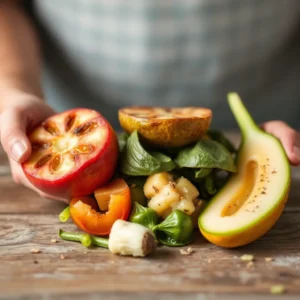 The peels, stems, and pulp that are usually thrown away are actually rich in fiber, vitamins, and minerals. By finding ways to incorporate these parts into new foods, upcycling can make our diets healthier.
The peels, stems, and pulp that are usually thrown away are actually rich in fiber, vitamins, and minerals. By finding ways to incorporate these parts into new foods, upcycling can make our diets healthier.
At the same time, upcycled foods are pushing the boundaries of flavor and texture. Imagine a crunchy snack made from carrot pulp, a tangy relish from watermelon rinds, or a breakfast bar using apple skins and oat hulls. These foods invite us to experience familiar ingredients in new and unexpected ways.
A Circular Approach to Eating
Upcycling is part of a bigger shift toward a circular food economy—one where nothing is wasted and every resource is valued. Instead of the old model of “take, make, dispose,” the circular approach keeps ingredients in use for as long as possible, making the most out of every harvest.
This mindset is catching on, not just with food companies and chefs, but also with home cooks. People are getting creative with leftovers, using vegetable scraps for homemade broths, or baking with overripe bananas and bruised apples. Every small action adds up to a larger impact.
Challenges and Opportunities
Of course, upcycling isn’t without its challenges. It takes innovation to turn by-products into foods that people want to buy and eat. There’s also the need to educate consumers about why upcycled foods matter and how they fit into a healthy, sustainable diet.
But as awareness grows and technology advances, the possibilities are expanding. More companies are investing in upcycled ingredients, and more shoppers are looking for products that align with their values. The result is a wave of new ideas and delicious products that are helping to tackle one of the world’s biggest environmental problems.
A Tasty Solution for a Better Future
Upcycled foods are more than a trend—they’re a practical, hopeful response to the challenge of food waste. By turning what was once overlooked into something valuable, the upcycling movement is helping to build a more sustainable, resilient, and delicious food system for everyone. Each time we choose an upcycled snack or get creative with leftovers at home, we take a small but meaningful step toward a future where food is truly valued from farm to fork.

